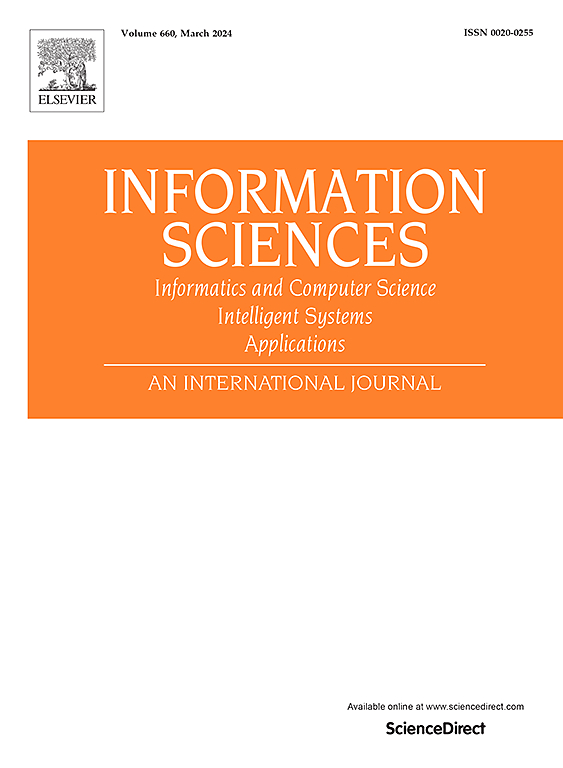Multi-stage kernel method based identification of Wiener-Hammerstein system with cyclostationary input signal
IF 8.1
1区 计算机科学
0 COMPUTER SCIENCE, INFORMATION SYSTEMS
引用次数: 0
Abstract
This paper proposes a new algorithm for identifying a Wiener-Hammerstein type sandwich system. The asymptotic consistency of the estimators is proven, and technical modifications are made to improve the accuracy of the method with a limited number of measurements. The considered approach is distinguished by the fact that the identification of both linear dynamic blocks and a nonlinear element is based on one and the same input process. The typical and highly restrictive assumption of Gaussianity and whiteness of excitation is not required in the proposed algorithm. The approach is combined, parametric-nonparametric, i.e. the local linear least squares procedure or correlation analysis is supported by multi-dimensional kernel selection. Cyclostationary excitation, widely found in telecommunications applications, manufacturing systems, and mechanical systems, was used. The aim is to identify a system in a passive experiment under operational conditions when measured signals have a repetitive yet stochastic nature. The proposed strategy makes it possible to determine many scaled models of the system based on different operating points, and aggregate them to alleviate the problem of the “curse of dimensionality”. The results of the theoretical analysis are illustrated by a series of experimental studies.
求助全文
约1分钟内获得全文
求助全文
来源期刊

Information Sciences
工程技术-计算机:信息系统
CiteScore
14.00
自引率
17.30%
发文量
1322
审稿时长
10.4 months
期刊介绍:
Informatics and Computer Science Intelligent Systems Applications is an esteemed international journal that focuses on publishing original and creative research findings in the field of information sciences. We also feature a limited number of timely tutorial and surveying contributions.
Our journal aims to cater to a diverse audience, including researchers, developers, managers, strategic planners, graduate students, and anyone interested in staying up-to-date with cutting-edge research in information science, knowledge engineering, and intelligent systems. While readers are expected to share a common interest in information science, they come from varying backgrounds such as engineering, mathematics, statistics, physics, computer science, cell biology, molecular biology, management science, cognitive science, neurobiology, behavioral sciences, and biochemistry.
 求助内容:
求助内容: 应助结果提醒方式:
应助结果提醒方式:


